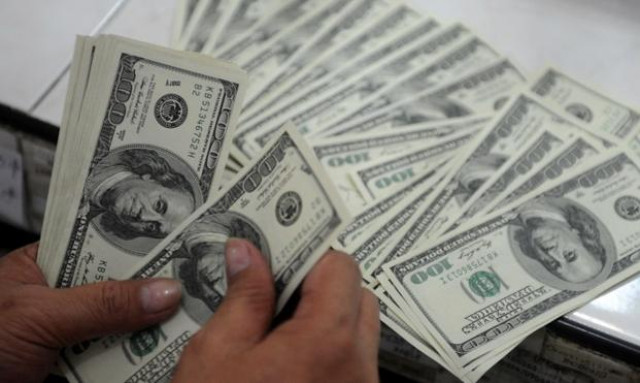Dire need to address foreign exchange bottleneck
Policymakers will have to adopt Look East policy to solve problem

Dire need to address foreign exchange bottleneck
This also means that imported inflation has increased a great deal. The economy had earlier witnessed double-digit inflation from 2008 to 2012 when high international crude oil prices played a significant role along with the impact of devaluation that came with a lag.
We can draw similarities and differences across two inflation episodes. The stability of the rupee from 2002 to 2007 aggravated the balance of payments (BOP) crisis and forced the central bank to let the rupee depreciate and that brought imported inflation.
The country had recourse to the standby programme of the International Monetary Fund (IMF) at that time. Since the fiscal deficit was high, the IMF recommended upward revisions in energy prices. Historically, high international crude oil prices have put a lot of pressure on foreign exchange reserves of Pakistan. In addition to that, floods wiped away important crops, which in turn pushed inflation to its peak and the economy went into recession. This combination of inflation and recession caused stagflation in the country.
Regarding the current episode of inflation, the stability of the rupee from 2013 to 2017 was a prelude to the BOP crisis, which compelled the State Bank of Pakistan (SBP) to let the rupee fall, which brought imported inflation again.
Since the impact of devaluation comes with a lag, its first round impact has been felt in the form of high inflation. The country has to go for the IMF's Extended Fund Facility (EFF). The government has jacked up energy tariffs on the recommendation of the IMF. However, these episodes differ based on the following factors.
First, the international crude oil prices are quite low as compared to 2008-09 and are hovering around $60 per barrel. Moreover, Pakistan has got the facility of oil imports from Saudi Arabia on deferred payments.
Second, no natural calamity like floods has hit the country as such calamities devastate important domestic crops.
The common factor that emerges out of these episodes is the foreign exchange bottleneck. Like many other developing countries, Pakistan has been facing this bottleneck since long. All developing countries embark on the journey of industrialisation and Pakistan is not an exception in this regard. Industrialisation requires import of raw material, capital goods and in case of Pakistan, even food items as well. In addition to these, Pakistan is heavily dependent on oil imports.
Since the exportable surplus has low income elasticity, its demand in the international market cannot increase to the desirable extent. In the presence of a high trade deficit, the country faces foreign exchange bottleneck at frequent intervals.
This foreign exchange bottleneck can be eased to some extent by attracting foreign direct investment (FDI). As the country is unable to attract FDI owing to various factors, it has to borrow from the IMF.
The IMF normally comes up with strings and standard prescriptions. Much has been written about these standard prescriptions and their implementation schemes. However, less attention has been paid to the proper diagnosis of the problem and long-term effects of the standard prescriptions.
The foreign exchange bottleneck leads to structural inflation, which originates from structural features of the economy. These features lead to foreign exchange crisis and even currency crisis.
The State Bank of Pakistan (SBP) has been trying to rein in inflation through demand compression that partially brings it down yet the problem remains as such.
In short, there is a dire need to address the foreign exchange bottleneck in the long term. Here the case of Malaysia is instructive which has solved this problem in a sustainable manner. Hence, the policymakers have to adopt a Look East policy. THE WRITER IS ASSISTANT PROFESSOR OF ECONOMICS AT SDSB, LAHORE UNIVERSITY OF MANAGEMENT SCIENCES (LUMS)



















COMMENTS
Comments are moderated and generally will be posted if they are on-topic and not abusive.
For more information, please see our Comments FAQ